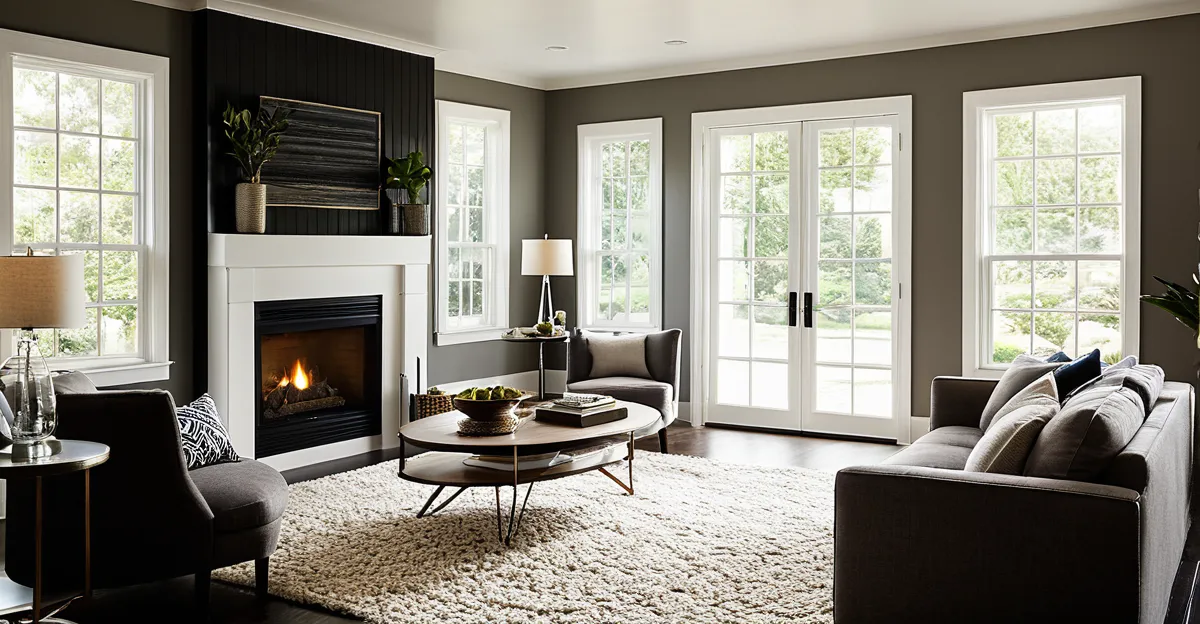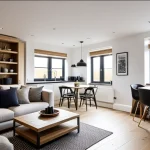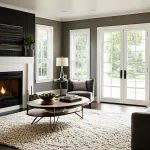Actionable Steps to Create a Calmer Home Environment
Creating a stress-free sanctuary begins with decluttering. Excess possessions often overwhelm the senses and contribute to mental fatigue. Practical tips for relaxing home include tackling clutter in manageable stages: focus on one area at a time, sorting items into keep, donate, or discard. This process helps reduce chaos and invites calm.
Choosing the right color palette significantly impacts mood and stress levels. Soft blues, greens, and gentle neutrals are proven to promote relaxation and psychological comfort. Incorporating these tones into walls, furnishings, or accent pieces transforms your space into a soothing retreat.
Also to read : How Can You Redesign Your Living Room to Maximize Comfort?
Lighting is another crucial factor. Optimising lighting to mimic natural daylight, or employing dimmable options, fosters a tranquil atmosphere. Warm, indirect lighting softens harsh shadows and creates a calming ambiance conducive to unwinding. Combining these strategies delivers actionable stress relief by engaging visual and sensory pathways that soothe the mind.
Integrating Nature and Sensory Elements for Serenity
Bringing nature indoors is a powerful way to create a stress-free sanctuary. Adding plants for relaxation not only improves air quality but also provides a visual connection to the natural world, which has been shown to lower cortisol levels and reduce anxiety. Practical tips for relaxing home environments include selecting low-maintenance greenery such as snake plants, pothos, or succulents that thrive in indoor conditions. Their presence transforms home to stress-free sanctuary status by promoting a tranquil and inviting atmosphere.
Also read : How Can You Transform a Small UK Space into a Cozy Living Area?
Aromatherapy for calm is another effective technique. Essential oils like lavender, chamomile, and eucalyptus offer natural stress relief at home by activating the limbic system, which regulates emotions and mood. Using diffusers or incorporating essential oils into candles and room sprays makes it easy to weave these calming scents into daily routines, enhancing relaxation zones effortlessly.
Tactile sensory elements matter too. Integrating natural textures such as wood, stone, or cotton in furniture and decor creates a soothing tactile experience, further contributing to a calming ambiance. This multi-sensory approach to actionable stress relief supports holistic well-being, making your home a restorative haven where serenity comes naturally.






